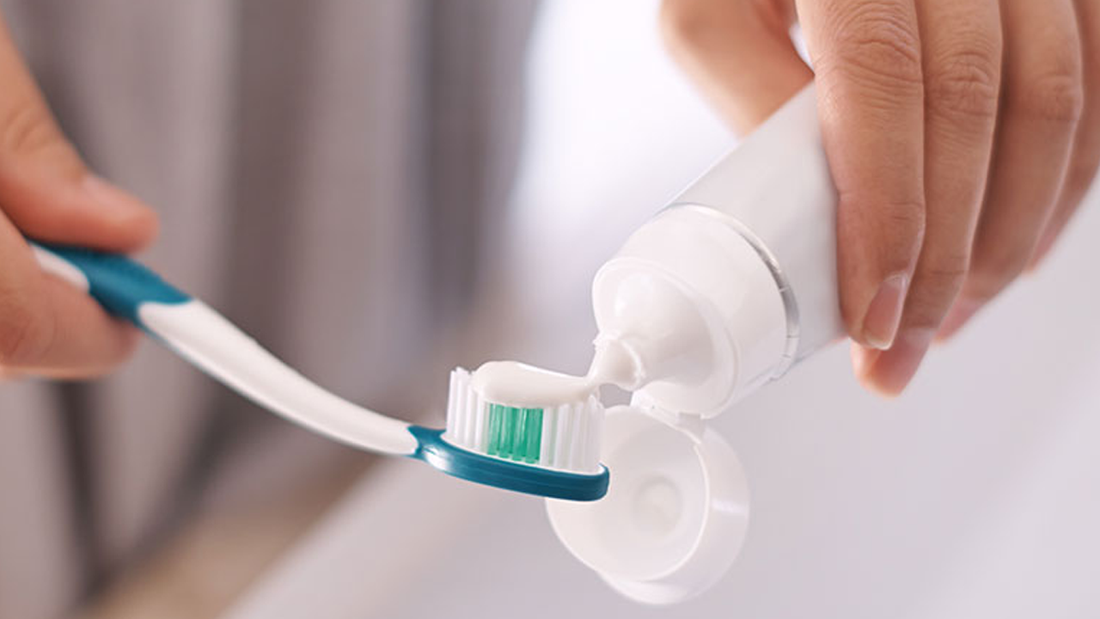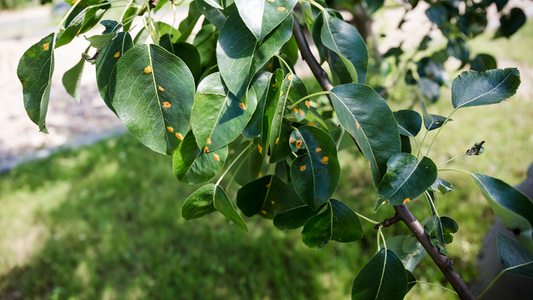A toothpaste is a paste or gel dentifrice with a complex composition used to clean and maintain teeth health. Several different ingredients in toothpaste include abrasives, humectants, binders, detergents, flavorings, preservatives, and therapeutic agents.
It also includes other oral hygiene additives that help formulate a better product. But e shall focus only on the significant ones mentioned as under:
Fluoride - Therapeutic agent
Most toothpaste contains fluoride at levels equivalent to 1000 ppm, usually in the form of an inorganic compound, such as sodium fluoride, sodium monofluorophosphate, or stannous fluoride. However, some formulations also use organic amine fluorides.
It has been assumed for many years that all these fluoride compounds are more or less equivalent in their effectiveness, but there have been reports that suggest differences. Several meta-analyses have demonstrated that toothpaste containing NaF is more effective in preventing caries than toothpaste containing monofluorophosphate by a small but statistically significant amount.
Many pesticide agent manufacturers or fungicide agent manufacturers. use fluoride. But remember that it's a different formula of fluoride in such industries.
Abrasives
The most common abrasives are dicalcium phosphate dihydrate, insoluble sodium metaphosphate, and calcium pyrophosphate. The hardness of these abrasives ranges between that of dentine and below that of enamel so that they can remove stains safely and effectively.
Humectants
Sorbitol is a humectant, an ingredient that prevents water loss in toothpaste. By trapping water in the toothpaste, a humectant makes the toothpaste smooth and creamy. Glycerol and glycol are also examples of humectants apart from sorbitol.
Flavors
A broad range of consumer products uses flavor in their compositions. Oral hygiene additive manufacturers supply or synthesize flavoring agents for toothpaste, mouthwash, chewing gum, confectionery, dental floss, dissolvable mouth films, breath sprays, breath-freshening tablets, etc. They are also used in therapeutic dental products such as restorative materials, impression materials, isolators, and wedges.
There are different types of flavorings
The three main types of flavorings are as follows:
- Natural flavoring substances are obtained from plant, animal, microbiological, or enzymatic materials in their natural state.
- Nature-identical flavoring substances are synthesized, but they are chemically identical to natural substances.
- An artificial flavor cannot be found in natural products hence it is synthesized in labs.
If you are looking for an oral hygiene additive manufacturer then contact SBBLG today! They have a wide range of flavoring agents which are used in most consumer-based products.





